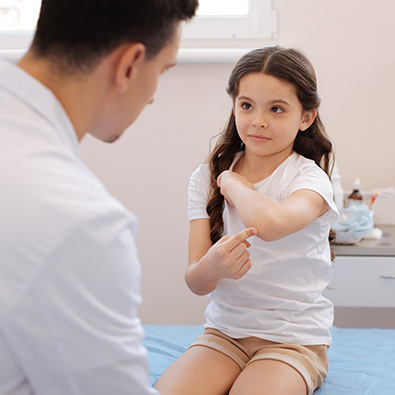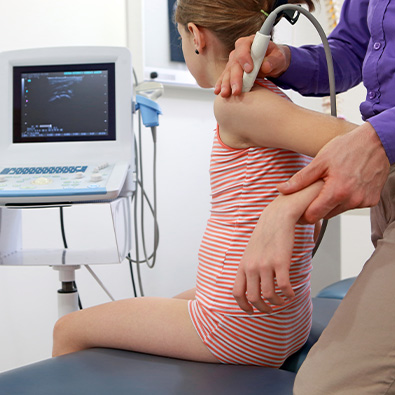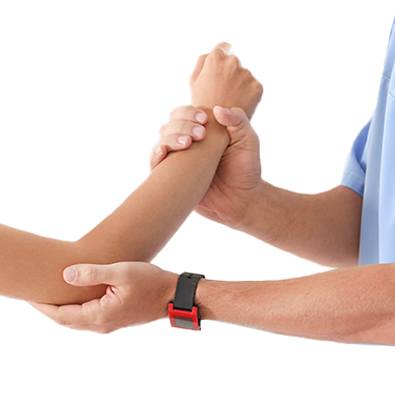
Fax: (860) 430-9693
Glastonbury, CT 06033

Little League Elbow (or LLE as it’s known) is a common problem among young adolescent baseball players. It involves injury to the growth plate of the bone, most commonly to the medial (inner) part of the elbow that occurs as a result of repetitive throwing motions. The growth plate is the attachment site for the group of muscles that flex the wrist and rotate the forearm.
Little League Elbow typically results from repetitive throwing motions, which can create an overload or overstress injury to the medial elbow of a young arm. During the throwing motion, a large amount of tension is placed on the medial elbow structures, including the tendons and ligaments, that can cause injury to the growth plate of the medial (inside) of the elbow. We offer options for treating little leage elbow in Glastonbury, CT.

Left untreated, LLE can become more severe, causing ligaments and tendons tears. In addition, tearing may cause tiny bone fragments to break off and travel to other areas of the elbow joint, disrupting normal bone growth, resulting in deformity. Also, while tension is placed on the medial side of the elbow, compression can simultaneously be placed on the lateral (outer) part of the elbow. Over time this compression can damage the joint cartilage and the underlying bone, resulting in osteochondritis dissecans. This bone and cartilage can then break loose, causing pain and possibly hindering joint motion. Arthritis can develop later in life as a result.

Patients suffering from Little League elbow often report a gradual increase of medial elbow pain and stiffness, particularly while throwing. Pain can also develop on the lateral or outer part of the arm as well (early symptoms of osteochondritis dissecans). As the condition progresses, the child will often experience a decrease in throwing velocity and effectiveness.

Young players who throw repetitively have a high risk of developing LLE. If left untreated, LLE can lead to major complications and jeopardize a child's ability to remain active in a sport later in life, such as softball. Other common risk factors include:

The history and physical exam are critical. X-rays to assess for bone damage, and diagnostic ultrasound to evaluate the tendons and ligaments, are also necessary. MRI is rarely needed and is used more to assess for other issues.

The hallmark of treatment for LLE is rest and physical therapy. Physical therapy should not only focus on relieving the pain and any swelling but also on identifying and addressing any muscle imbalances and functional deficits that could be causing poor throwing mechanics. When rest and therapy fail to help, more aggressive treatment may be necessary. Treatments such as Prolotherapy* and PRP* may be needed to stimulate the healing of the damaged ligaments and tendons. An injection of the patient's own stem cells* into the damaged bone may be needed in the case of osteochondritis dissecans to heal the bone. Surgery is always a last resort.

(*NOTE: All Regenerative Medicine treatments, such as Prolotherapy, PRP, and stem cells, are performed by our affiliate practice, the New England Stem Cell Institute . Click HERE for a free e-book on Regenerative Medicine.)